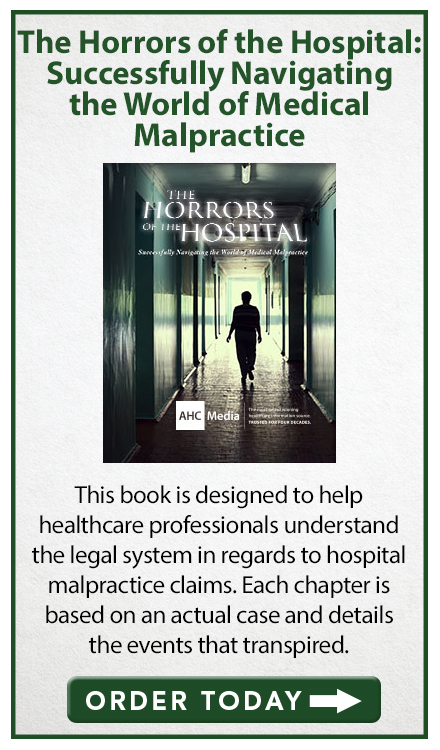EDs More Prepared Than Ever for Pediatric Patients
October 7th, 2016
LOS ANGELES – Emergency departments across the United States are better prepared than ever to care for children, and one reason is that almost half have pediatric emergency care coordinators (PECCs), according to a new study.
The percentage of the nation's emergency departments that have a physician or nurse dedicated to address staff training, equipment availability and policies for the care of children has grown to nearly 50%, three times the number in 2003, according to the report published recently by JAMA Pediatrics.
"Emergency department pediatric readiness has improved greatly since a similar assessment was conducted in 2003," said lead author Marianne Gausche-Hill, MD, FACEP, FAAP, of the Los Angeles Biomedical Research Institute at Harbor-UCLA Medical Center. The nation's overall pediatric readiness score increased from nearly 70 out of 100, compared to 55 in 2003.
About 83% of EDs (4,149) underwent the recent assessment, according to Gausche-Hill, compared to 29% in 2003. The assessment found that 91% of them have recommended pediatric equipment readily available, based on a joint policy statement issued in 2009 by the American Academy of Pediatrics, the American College of Emergency Physicians, and the Emergency Nurses Association.
The study results indicate a median weighted pediatric readiness score (WPRS) of 68.9, an improvement and increase from a previously reported WPRS score of 55 across the nation. The WPRS score varied by pediatric patient volume, with low-volume EDs having a median WPRS of 61.4; medium-volume EDS, 69.3; medium-to-high volume EDs, 74.8; and high-volume EDS, 89.8.
Most of the facilities, 59.3%, have nurse pediatric emergency care coordinators, with 47.5% reporting that a physician performs that function. Both types of coordinators were in place in 42% of the EDs participating.
Lower-volume hospitals reported a higher percentage of family medicine-trained physicians providing pediatric care (78.9%) compared with high-volume hospitals (32.1%), where most physicians caring for children were trained in emergency medicine or pediatric emergency medicine.
The electronic assessment, which was conducted from January to August 2013, still found some areas where improvement is needed, however. Those include:
- Disaster plans, with only 47% having a plan that addresses issues specific to the care of children.
- Equipment, with at least 15% of EDs lacking one or more specific pieces of equipment recommended by the 2009 guidelines, such as pediatric Magill forceps for removal of airway foreign bodies.
- Guidelines implementation, with nearly 8% reporting difficulty meeting them for reasons such as cost of training personnel (54%) and lack of educational resources (49%).


